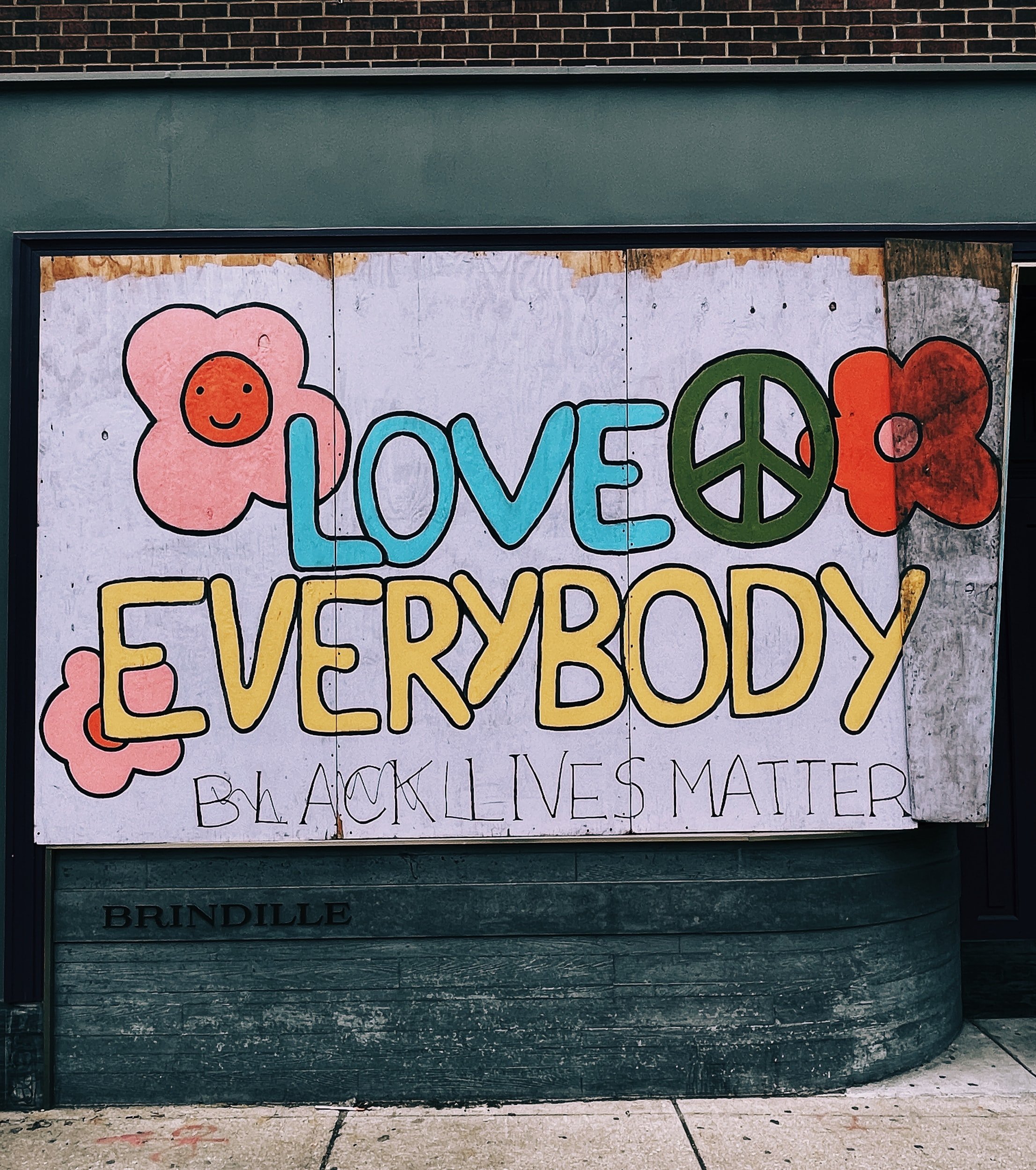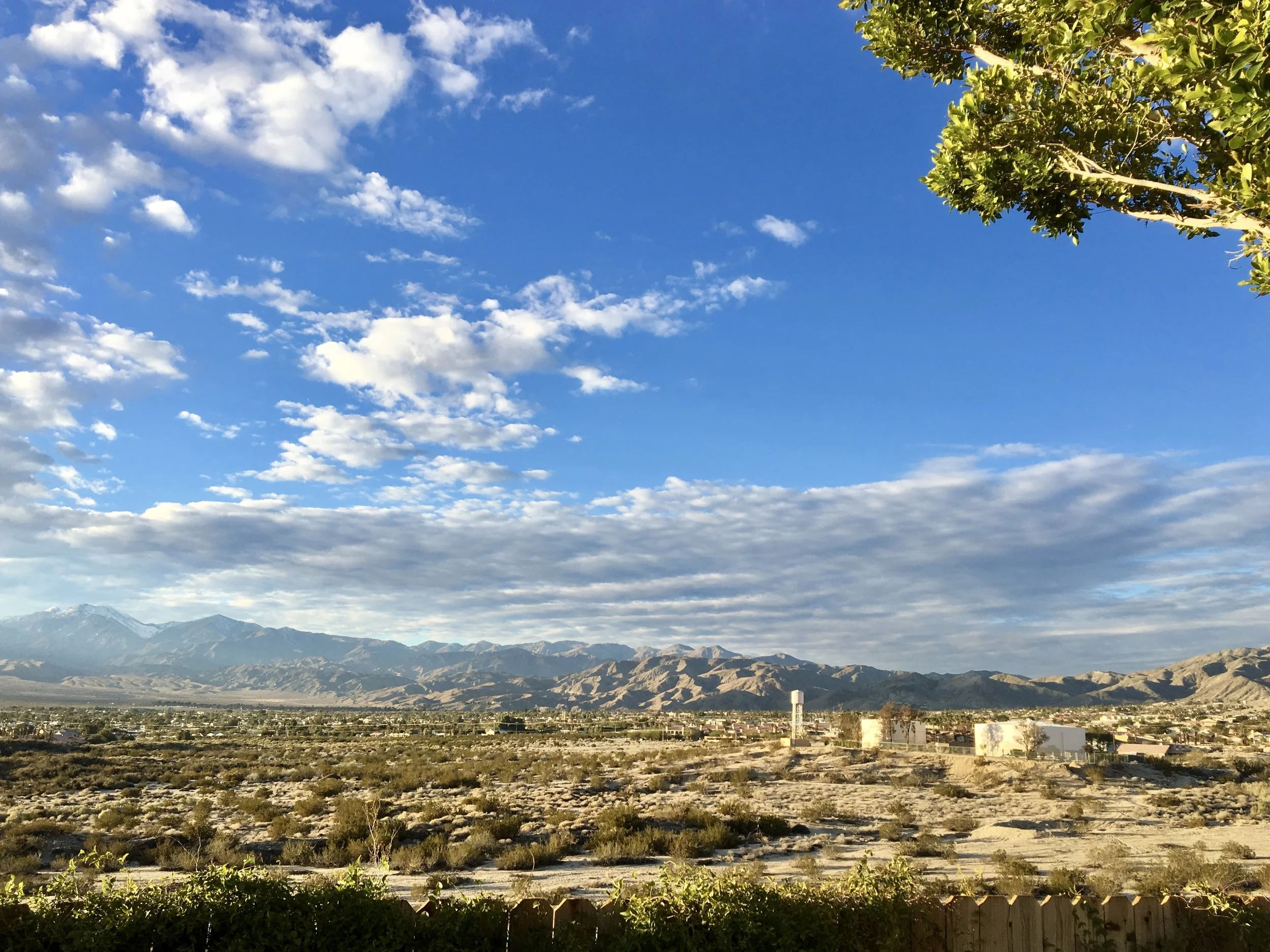Research and anecdotal evidence both suggest yoga is beneficial for all kinds of things: physical strength, balance and flexibility, relief of neck and back pain, better sleep, and more.
What fewer people realize, is that yoga can also be a powerful ally in the healing of relational, shock and systemic trauma.
Bessel Van Der Kolk, MD, is a clinical psychiatrist whose work attempts to integrate mind, brain, body, and social connections to understand and treat trauma. He is the author of The New York Times bestselling book The Body Keeps the Score and writes:
When people think about trauma, they generally think of it as a historical event that happened some time ago. Trauma is actually the residue from the past as it settles into your body. It’s located inside your own skin. When people are traumatized, they become afraid of their physical sensations; their breathing becomes shallow, and they become uptight and frightened about what they’re feeling inside. When you slow down your breathing with yoga, you can increase your heart rate variability, and that decreases stress. Yoga opens you up to feeling every aspect of your body’s sensations. It’s a gentle, safe way for people to befriend their bodies, where the trauma of the past is stored.
In this video, I share just a few of the many ways yoga helps the healing of trauma.
4 Ways Yoga Helps Trauma Healing
Yoga can alleviate pain and discomfort in the body.
For many people, emotional pain can also be physically painful.
As Nikki Myers says, “Our issues live in our tissues.” Yoga can be extremely helpful to relieve some of that pain, especially if you are doing a gentle, trauma-informed yoga practice.
If you’re in severe grief or emotional pain – whether because of the death of a loved one, a break up, or the latest mass shooting – those 15-30 minutes on the yoga mat can be a blessing of (non-addictive) pain-relief.
2. Yoga can reduce the physical tension in the body which often causes us to be reactive.
Trauma is anything that overwhelms our capacity to cope, and leaves us feeling helpless, hopeless or unable to respond. When we experience difficult events, our bodies produce a series of chemicals. If we are lucky enough to process the event and our big emotions in the moment, it often passes without leaving a long-term residue on our nervous system.
But if there’s no time to process those big feelings - and discharge those chemicals - they often end up turning into the tension we experience in our bodies. Yoga helps us let go of the physical tension and the old emotions that can cause us to be reactive in our relationships, at work and in our public lives.
Feeling the feelings isn’t always fun, but for our long-term health and well-being it’s a must.
3. Practicing yoga can be a chance to learn about, cultivate and use boundaries.
When I went to my first yoga classes many years ago, I was definitely not a fan.
I was comparing myself to everyone in the room and couldn’t keep up. I felt so awkward. It took me many years to find yoga that was my jam …
And what a teacher taught me was that, if i was in yoga thinking about what was going to happen tomorrow or next week, I wasn’t practicing good boundaries. That really got me curious.
The invitation was to keep my focus on what was actually happening on my yoga mat. So I started to actually notice when something was causing me to take my attention from what was happening right there in the room.
This is so important because folks who experience stress, anxiety and trauma (and especially folks in the helping professions or people who are givers), often have boundaries that aren’t necessarily strong and healthy. Maybe we over give or over share and then feel ashamed we did that. Or we have difficulty saying no.
That’s certainly been part of my journey.
So on the yoga mat (or chair), it’s a great chance to practice boundaries and keep coming back to what’s actually happening right here in the moment. As we practice bringing our awareness to our sensations, breath, thoughts and emotions that are on the mat, we are learning to cultivate boundaries. This is important because if our boundaries are intact, we can respond to the challenges of life in a much more proactive way and avoid becoming victimized again.
4. When practiced with mindfulness, it can be a way of learning about and accepting yourself exactly the way you are.
If you compare yourself to other people - and are either the best in the room or the worst - you’re probably also lacking in self-compassion. Learning mindful self-acceptance is a huge game changer - especially if you are looking to change.
Why?
Because shame (a tool many of us use to whip ourselves into shape) never causes anyone to make sustainable long-term healthy changes. Let’s face it - if it worked, you wouldn’t be here reading this looking for another approach.
So when we bring a spirit of non-judgmental acceptance of ourselves exactly the way we are, and truly practice self-compassion and self-acceptance, we can also be much more accepting and inclusive of others.
And a BONUS ….
If you want to see the world become a place where there’s greater justice, equality, opportunity for all regardless of race, religion, gender, ability, class, sexual orientation, or any other element of identity, then you know compassion and acceptance of yourself is the beginning of compassion and acceptance for others. Among the best ways you can contribute to making the world a better place, is with self-acceptance and self-compassion. You’ve heard it said again and again but we truly must be the change we want to see in the world!







